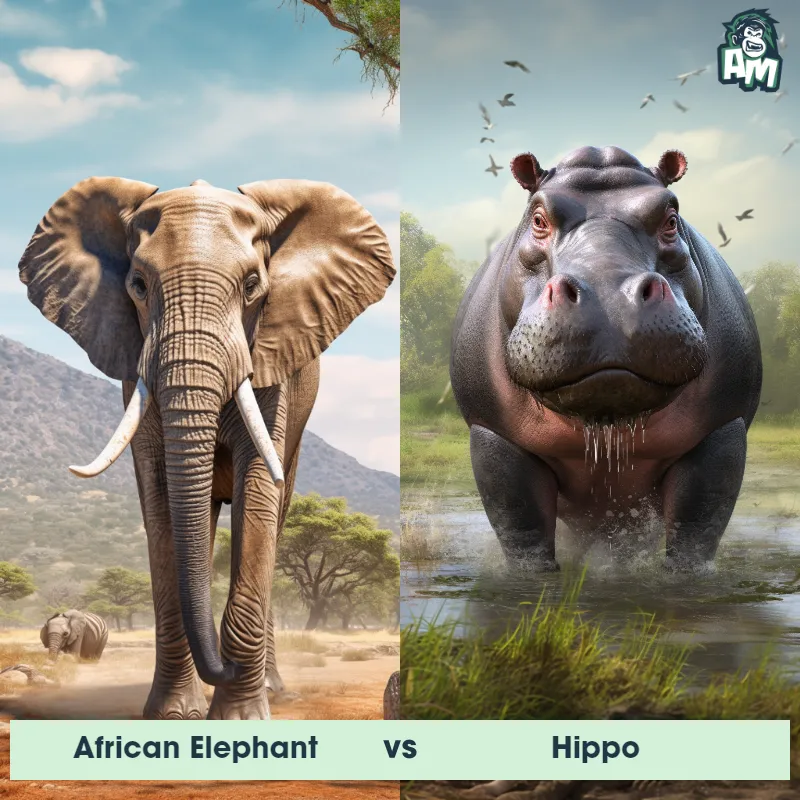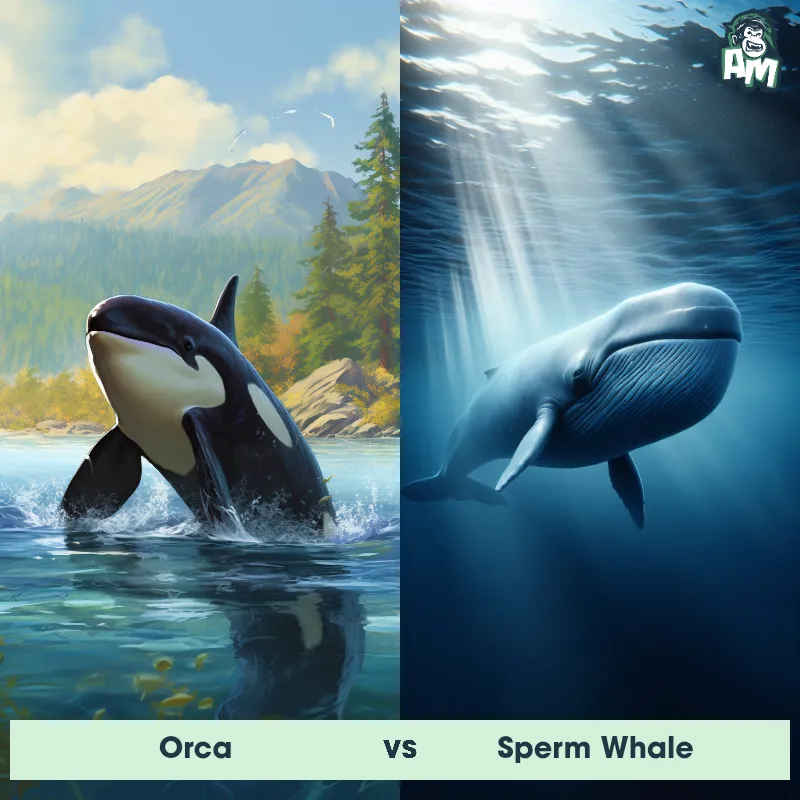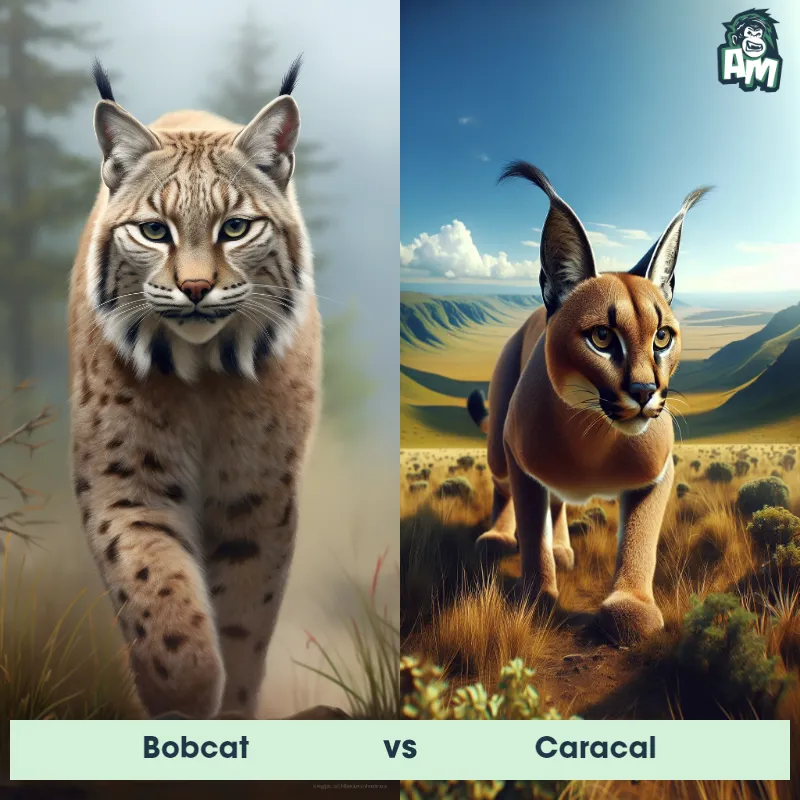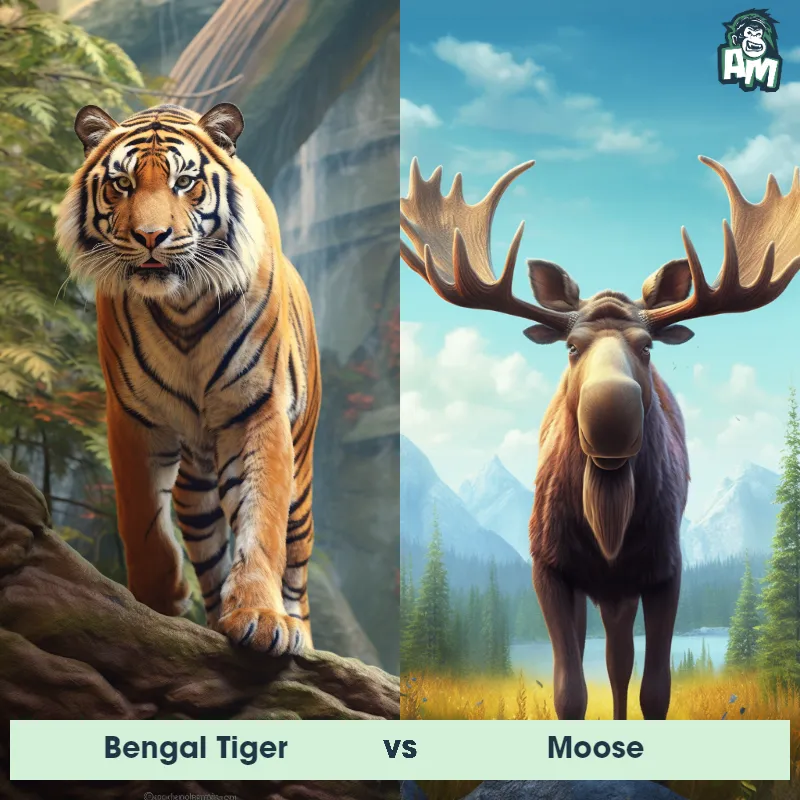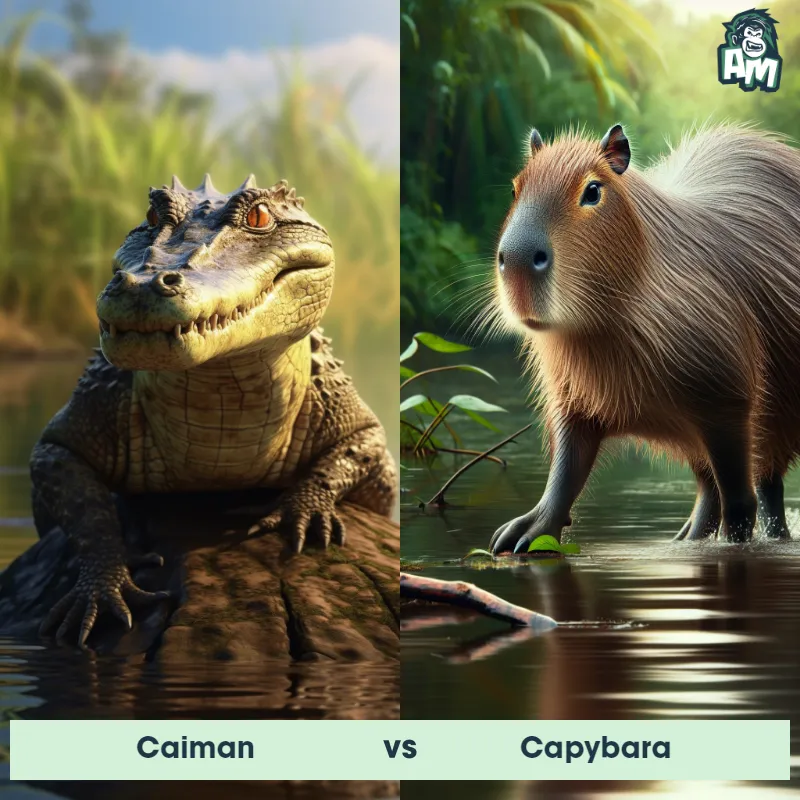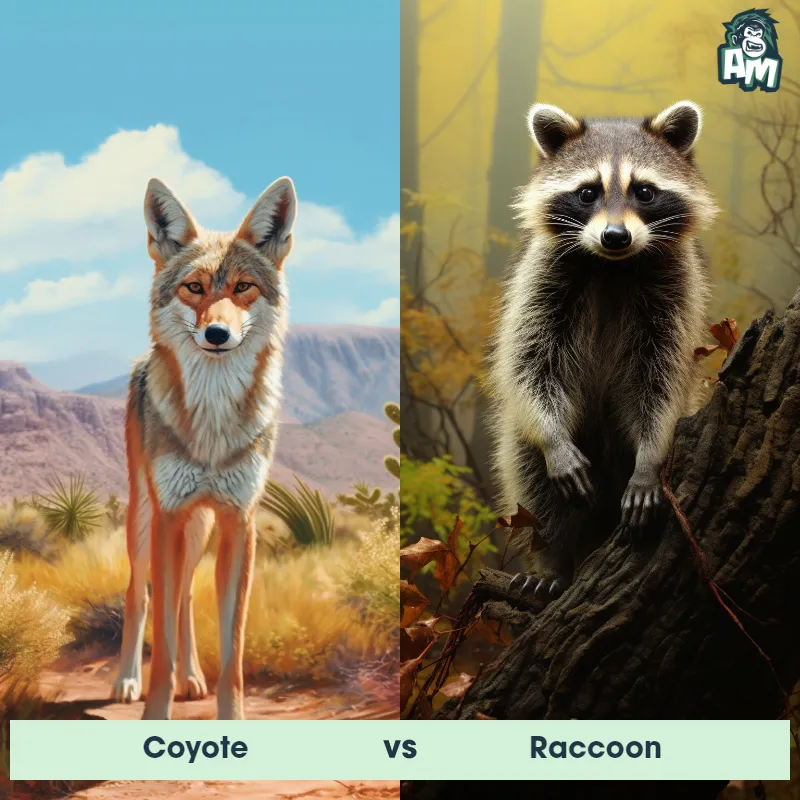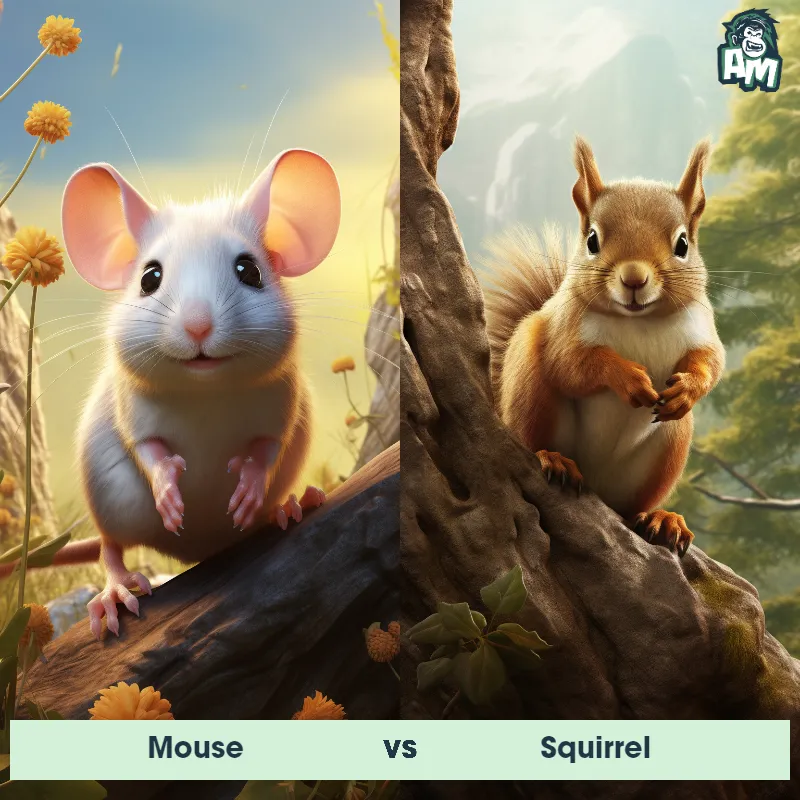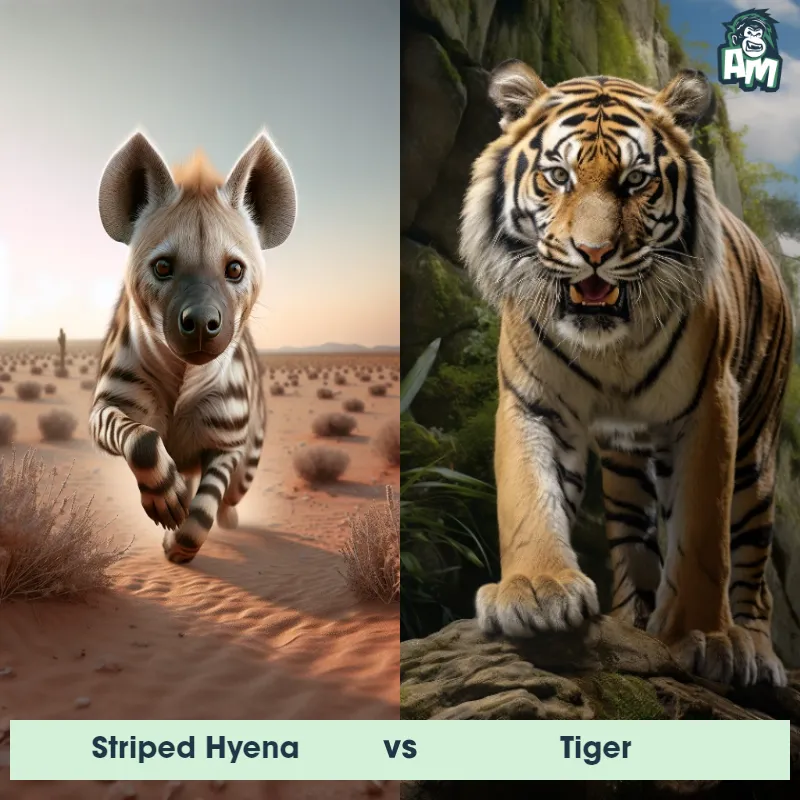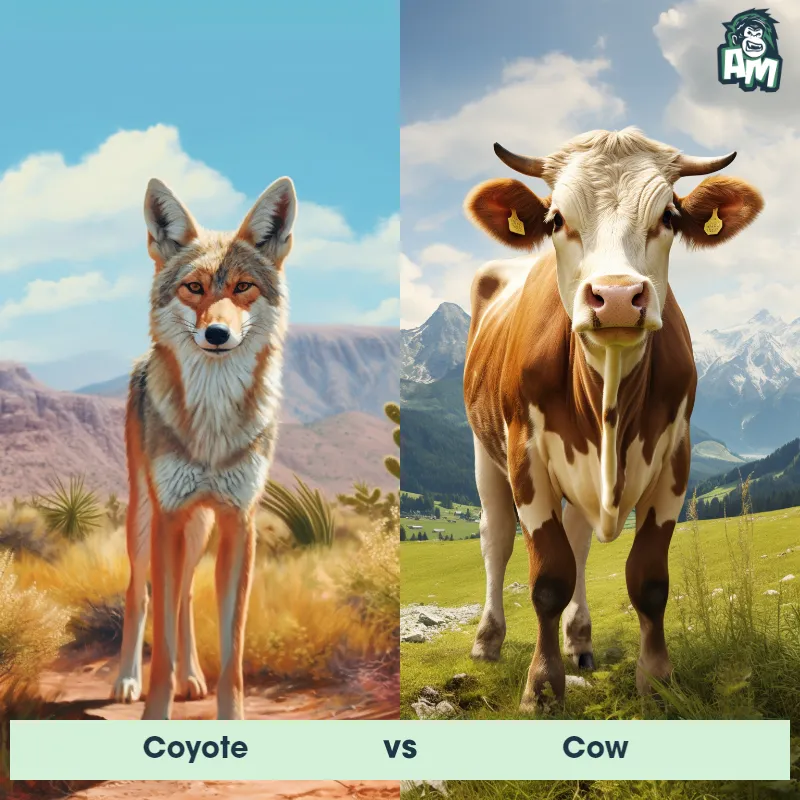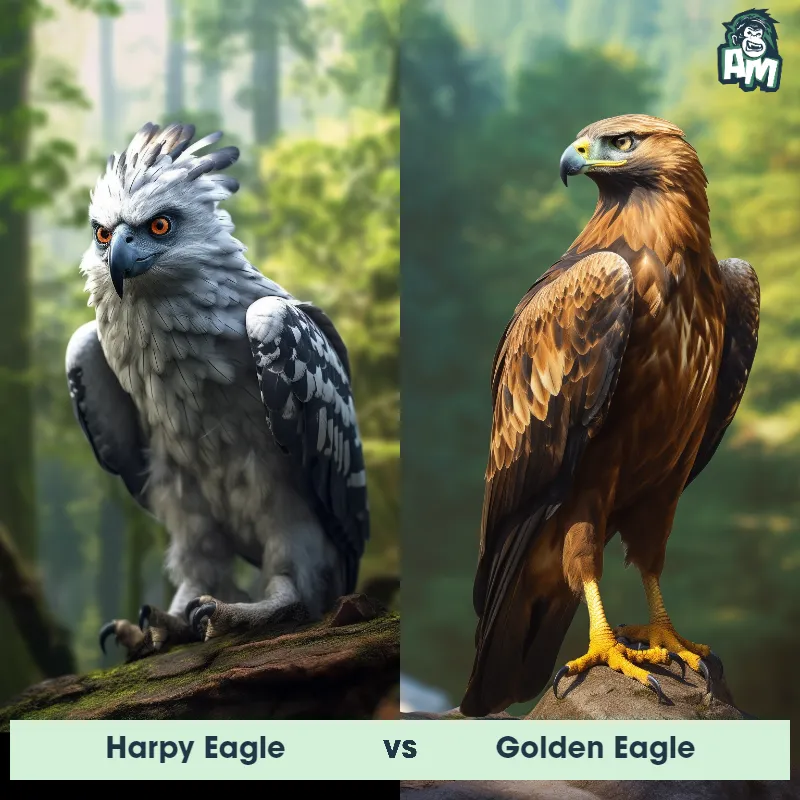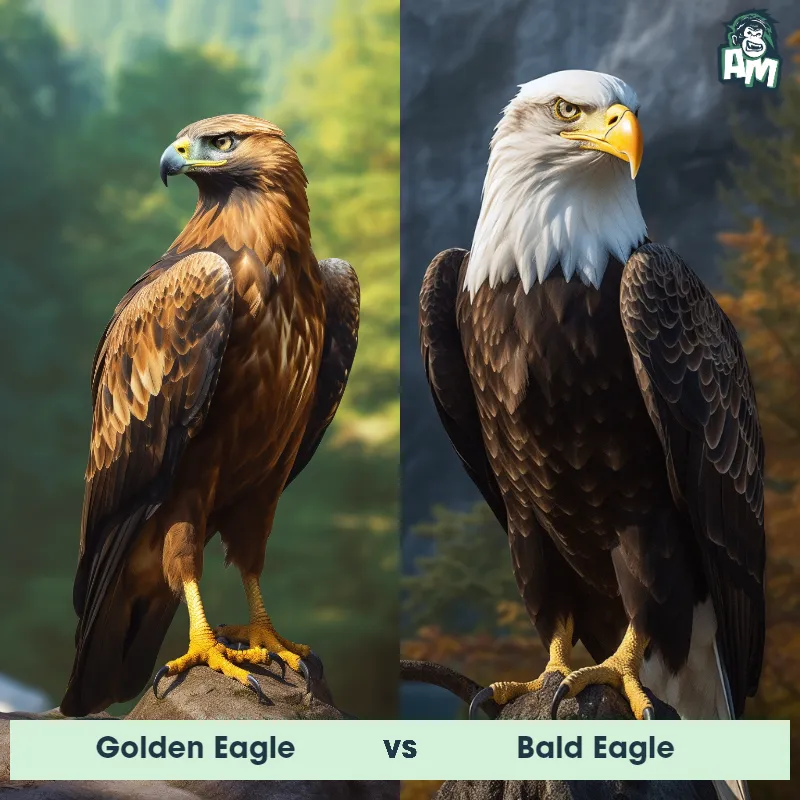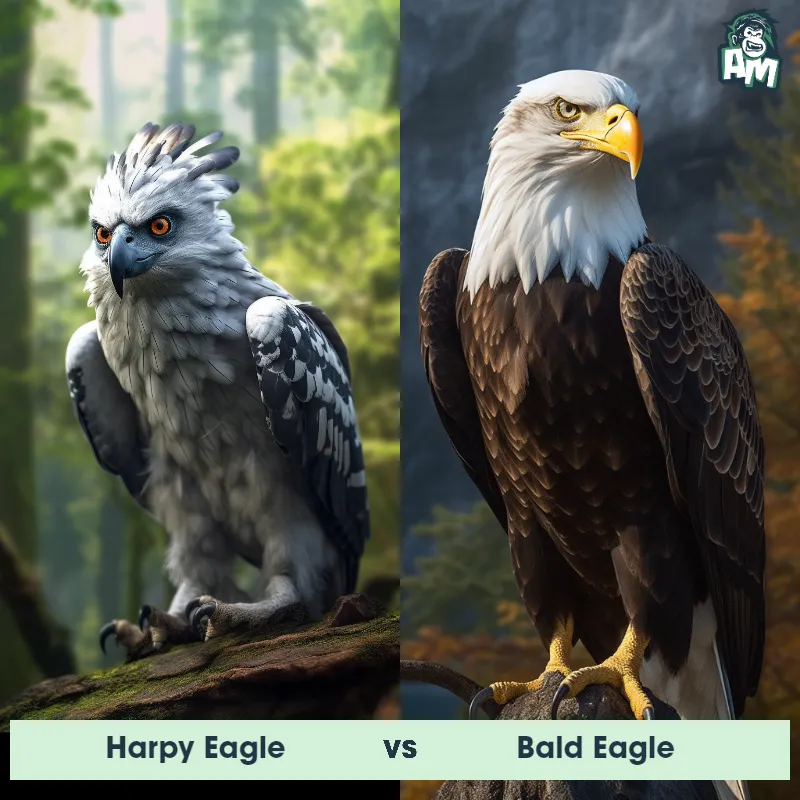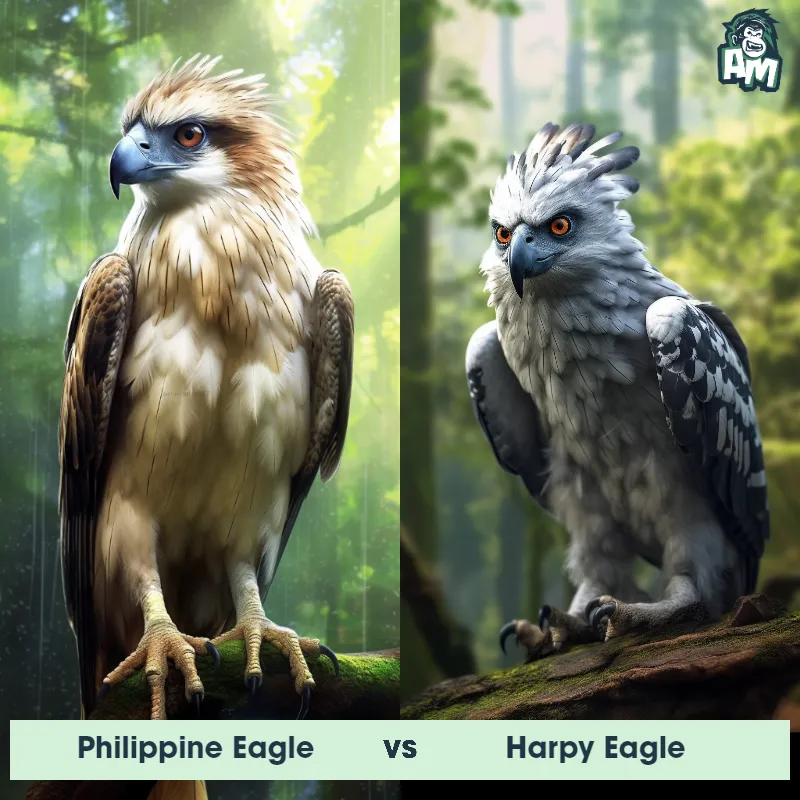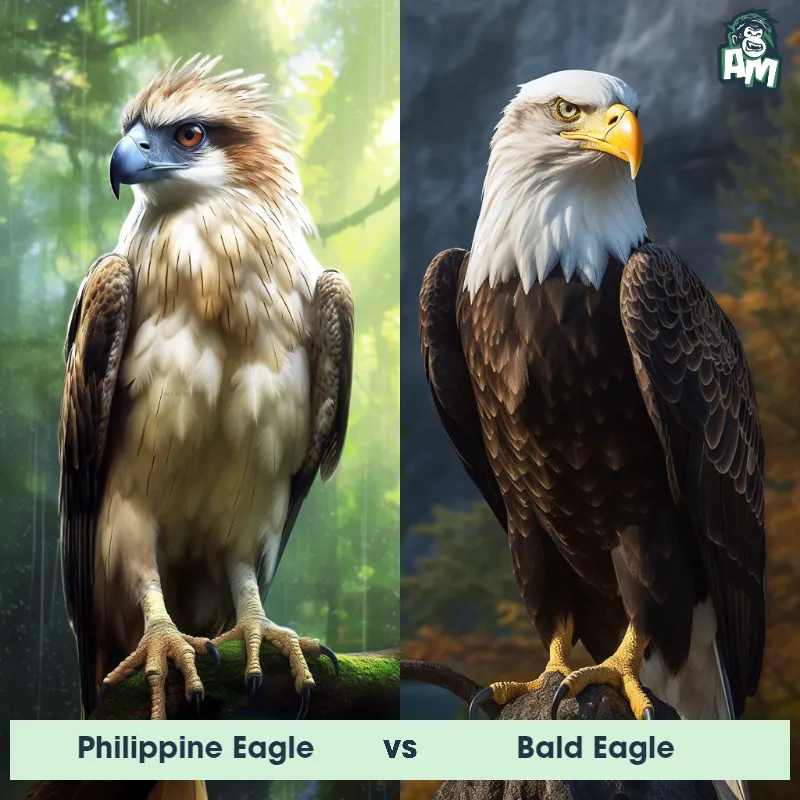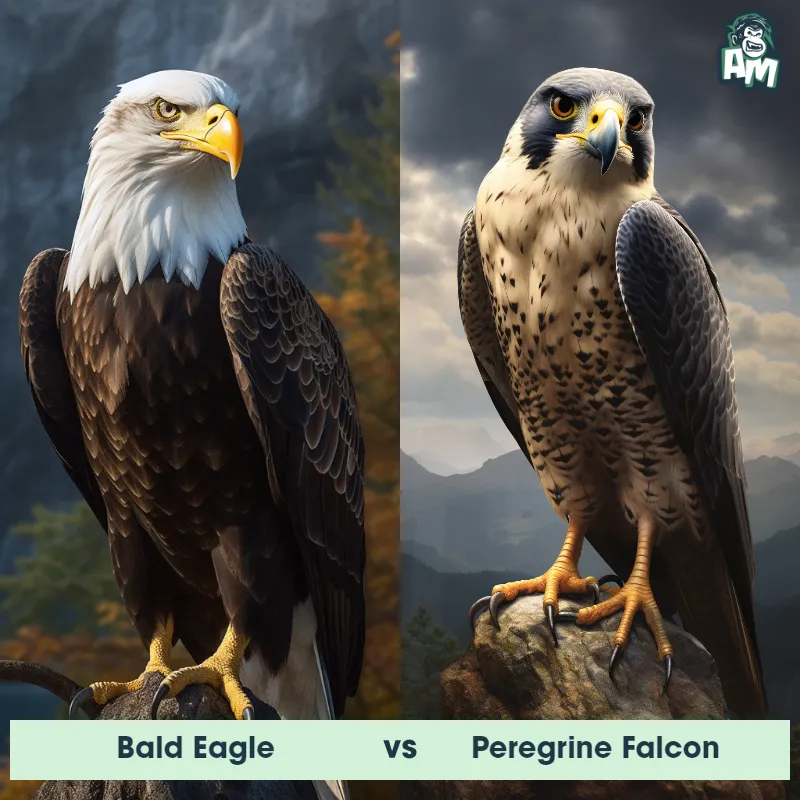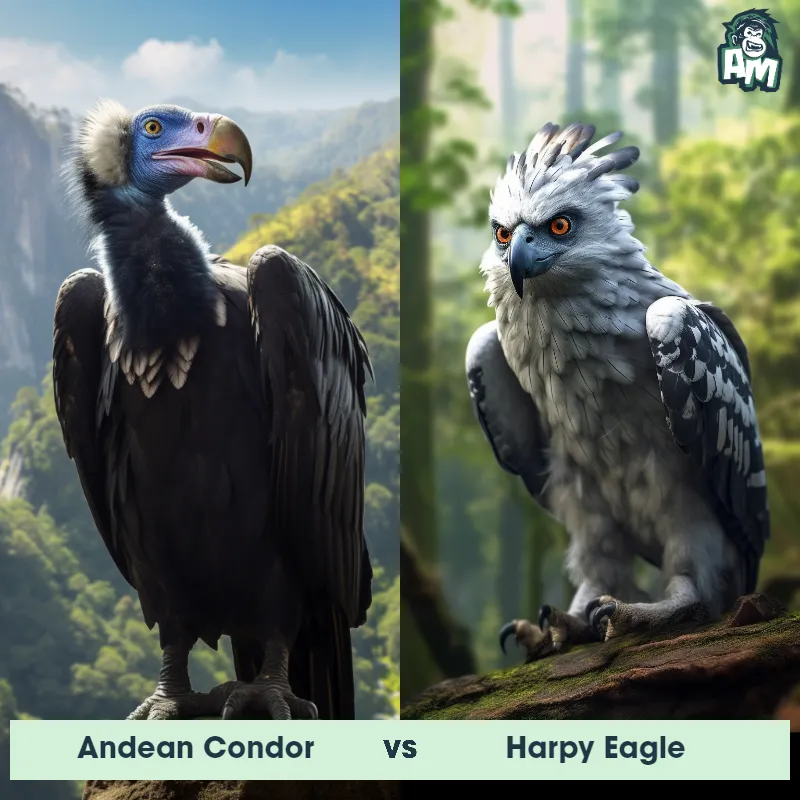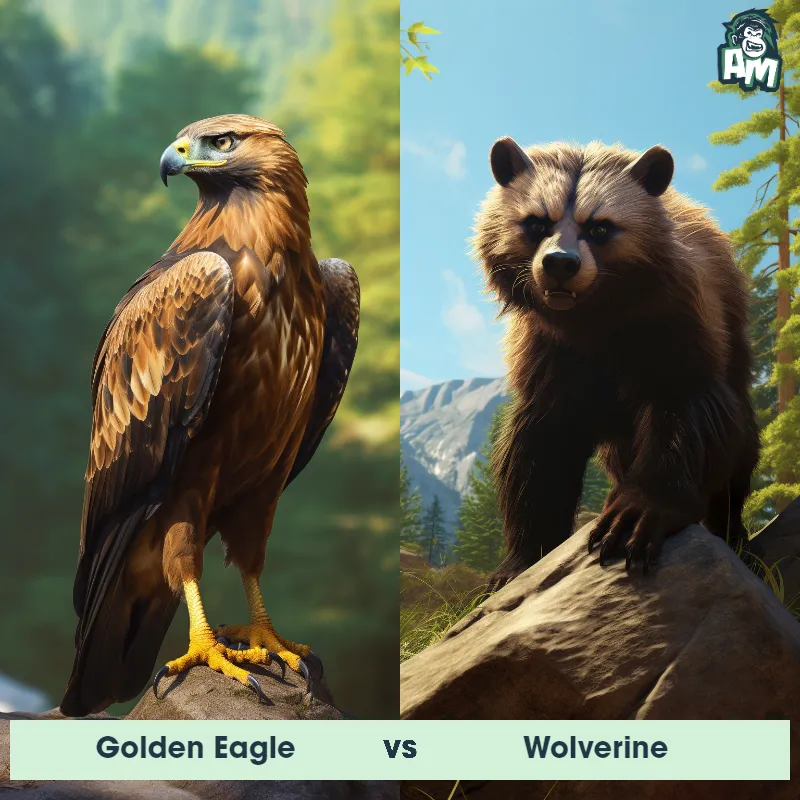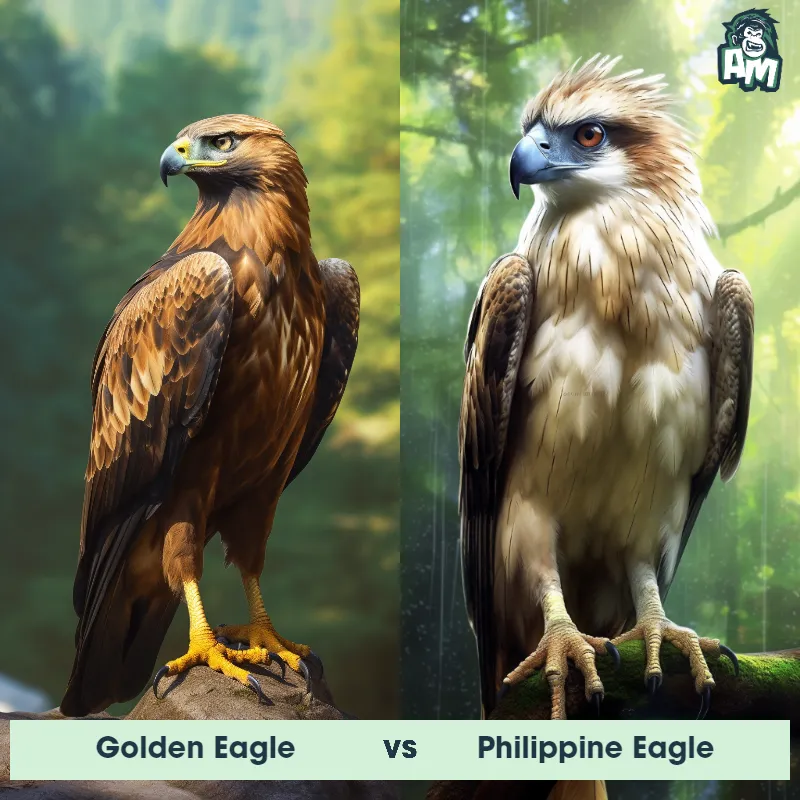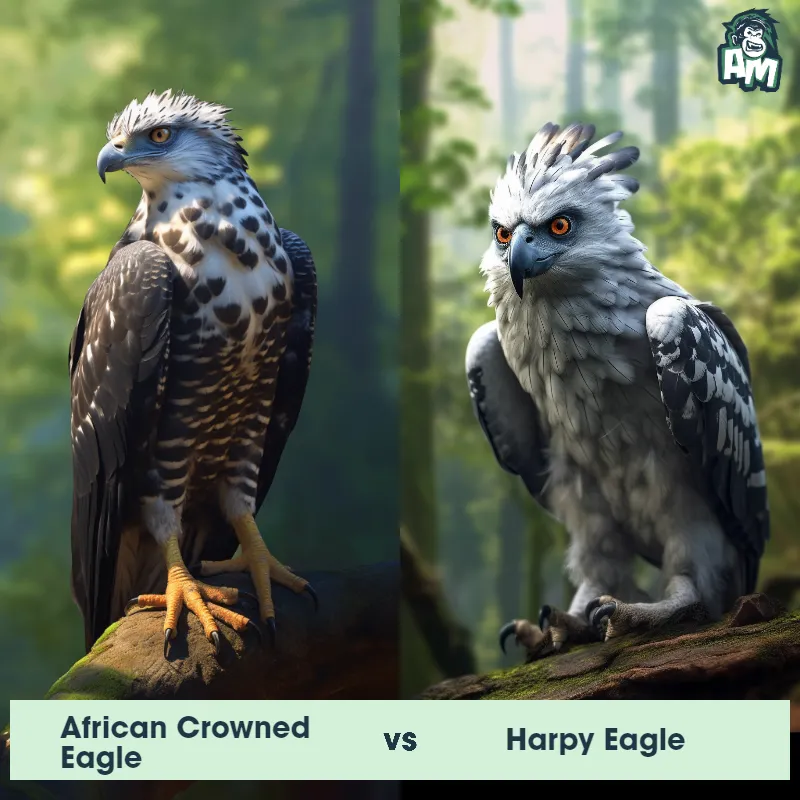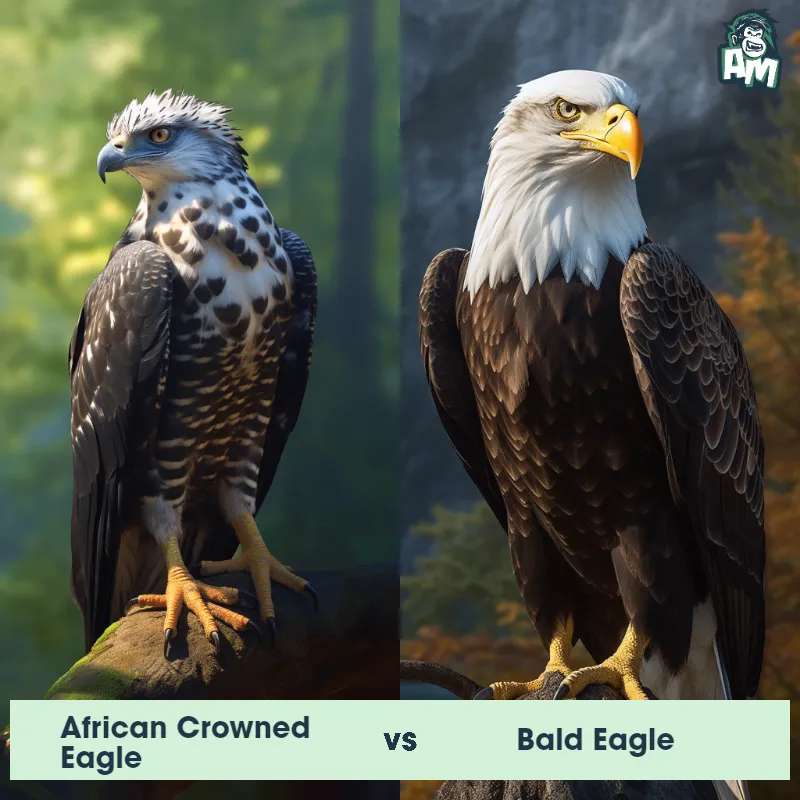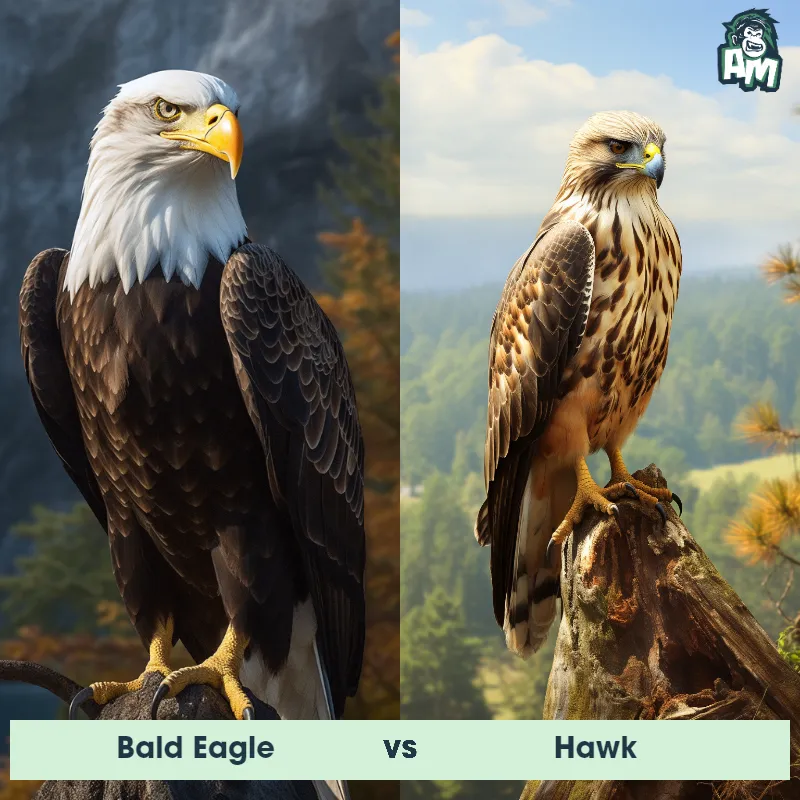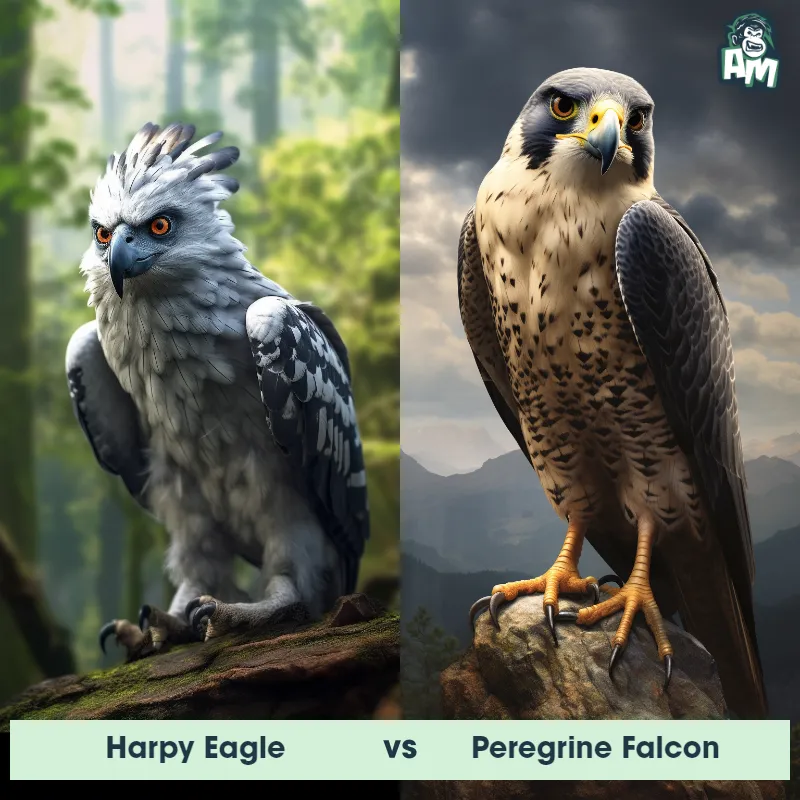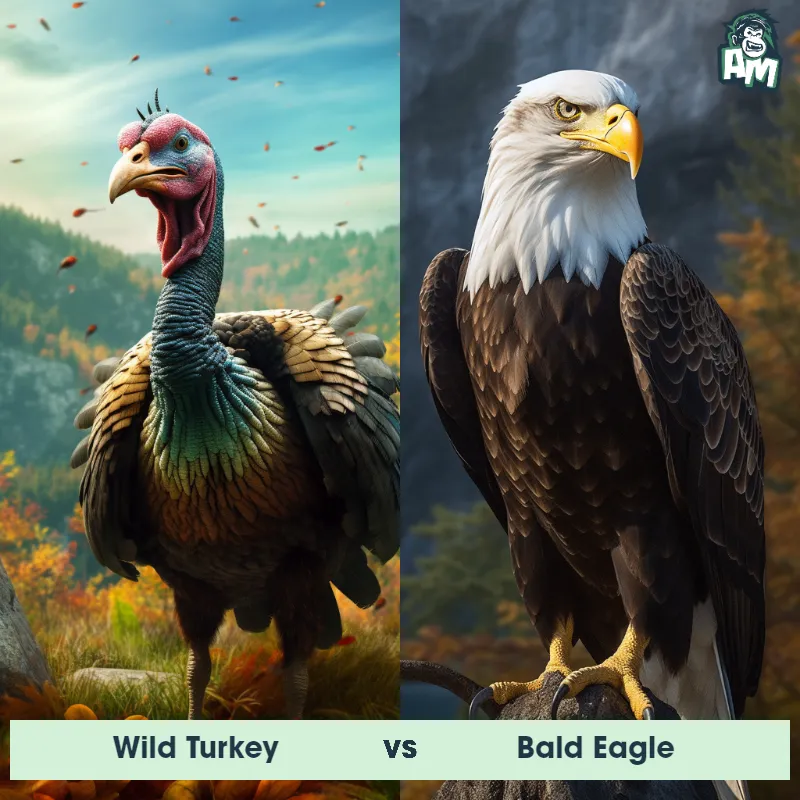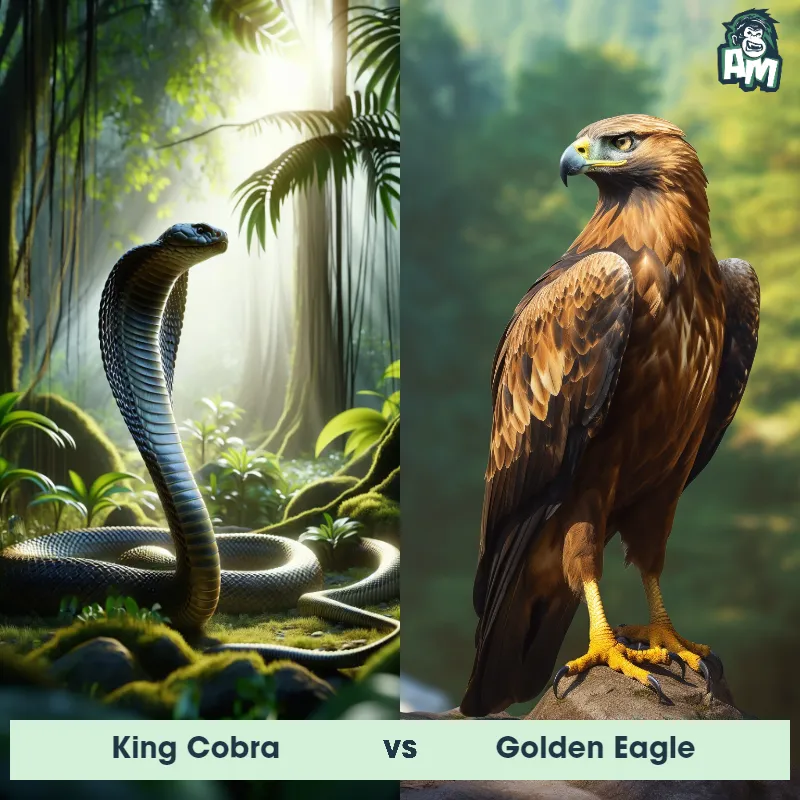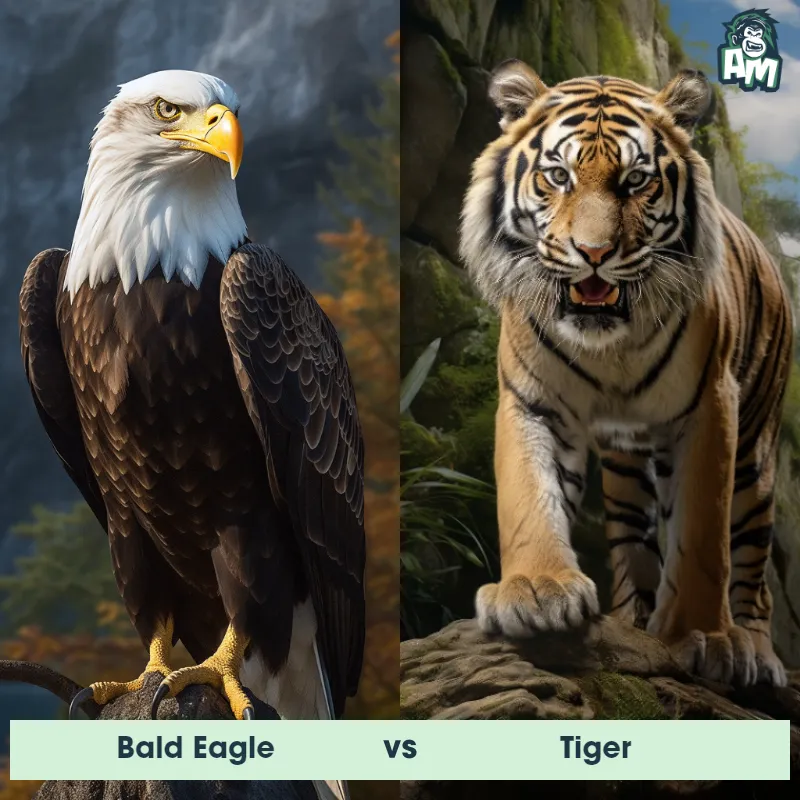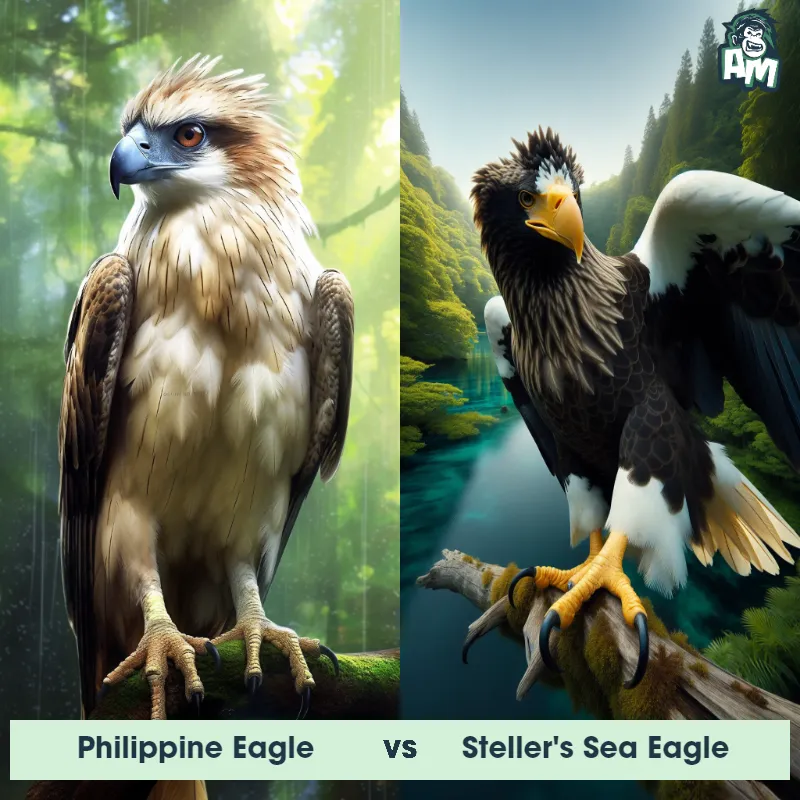Peregrine Falcon vs BuzzardSee Who Wins

Welcome, sports fans, to a clash of avian prowess and predatory might. In this highly-anticipated match, we have two formidable opponents: the swift and agile Peregrine Falcon, known for its astounding flight speeds, with hunting tactics that are absolute poetry in motion. And its adversary, the mighty Buzzard, a bird of prey distinguished by its large size and strength, with a patient strategy rooted in vigilance and determination. One represents speed and precision; the other, fortitude and power.
Contender 1: Peregrine Falcon
The Peregrine Falcon is a raptor known for its speed and hunting prowess. It has a sleek body with long, pointed wings and a short tail, making it well-suited for high-speed pursuits. Its upper body is a bluish-gray, while its underparts are pale with darker spots, and it has a distinctive black "hood" and sideburns. Adult Peregrine Falcons have a body length of 34 to 58 cm and a wingspan from 74 to 120 cm. This bird is found all over the world, from the cold, harsh Arctic tundra to the warm desert regions.
Fun Fact: Peregrine Falcons are renowned for their incredible diving speed, which can exceed 240 miles per hour, making them the fastest animals in the world.
Contender 2: Buzzard
The Buzzard, often referred to as the Common Buzzard, is a medium-to-large bird of prey known for its broad wings and rounded tail. It has a varied plumage that ranges from dark brown to light cream, often featuring streaks or mottling. The buzzard's hooked beak and sharp talons are designed for hunting small mammals, birds, and carrion, while its keen eyesight allows it to spot prey from high above. Buzzards are typically found in Europe and parts of Asia, inhabiting a wide range of habitats, including woodlands, marshes, and fields.
Fun Fact: Unlike many birds of prey, Buzzards are known to form monogamous pairs that often mate for life, returning to the same nesting site year after year.
Matchup Stats
| Peregrine Falcon | Buzzard | |
|---|---|---|
| Size | 13.4 to 22.8 inches (34 to 58 cm) in length | 16-22 inches (40-55 cm) |
| Weight | 1.1 to 3.3 lbs (0.5 to 1.5 kg) | 1.3-2.9 lbs (0.6-1.3 kg) |
| Speed | 240 mph (386 km/h) | 150mph (241km/h) |
| Key Strength | Incredible speed and strong, sharp talons | Sharp talons and hooked beak |
| Biggest Weakness | Less effective in close-quarters combat due to preference for high-speed pursuits | Relatively slow flight speed |
Current Votes
Peregrine Falcon vs Buzzard
See Who Wins
View More Matches
Looking For More?
Similar Matches
Scientific Stats
| Peregrine Falcon | Buzzard | |
|---|---|---|
| Scientific Name | Falco peregrinus | Buteo buteo |
| Family | Falconidae | Accipitridae |
| Habitat | Wide variety including coastlines, mountains, cliffs, cities | Woodlands, marshes, and fields |
| Geography | Worldwide, from Arctic tundra to desert regions | Europe and parts of Asia |
| Diet | Primarily birds, occasionally small mammals | Small mammals, birds, carrion, earthworms, and large insects |
| Lifespan | 8 years - 15 years | 10 years - 25 years |
Key Differences between Peregrine Falcon and Buzzard
- Facial features: Peregrine Falcons have a sharp and pointed beak, with a distinctive black "mustache" mark on their face, giving them a fierce appearance. Buzzards have a less pronounced beak, with a more rounded face and a lighter coloration around their eyes.
- Coloration: Peregrine Falcons have a distinct color pattern with a dark blue-gray back, pale underparts with fine barring, and a black "mustache" mark on their face. Buzzards, on the other hand, have a more variable coloration, ranging from light to dark brown with mottled patterns on their feathers.
- Size: Peregrine Falcons are generally smaller, measuring around 15-20 inches in length, while Buzzards are larger and can reach up to 22-25 inches in length.
- Habitat preference: Peregrine Falcons are commonly found in open habitats such as cliffs, mountains, and urban areas, where they nest on tall structures. Buzzards, on the other hand, prefer wooded areas, farmlands, and open fields, often perching on trees or poles.
- Flight pattern: Peregrine Falcons are known for their incredible speed and agility in flight, often diving at high speeds to catch prey. Buzzards have a more leisurely flight pattern, soaring and circling in the air, utilizing thermal currents to stay airborne.
- Shape: Peregrine Falcons have a sleek and streamlined shape with long, pointed wings and a narrow tail, whereas Buzzards have broader wings and a more rounded tail.



